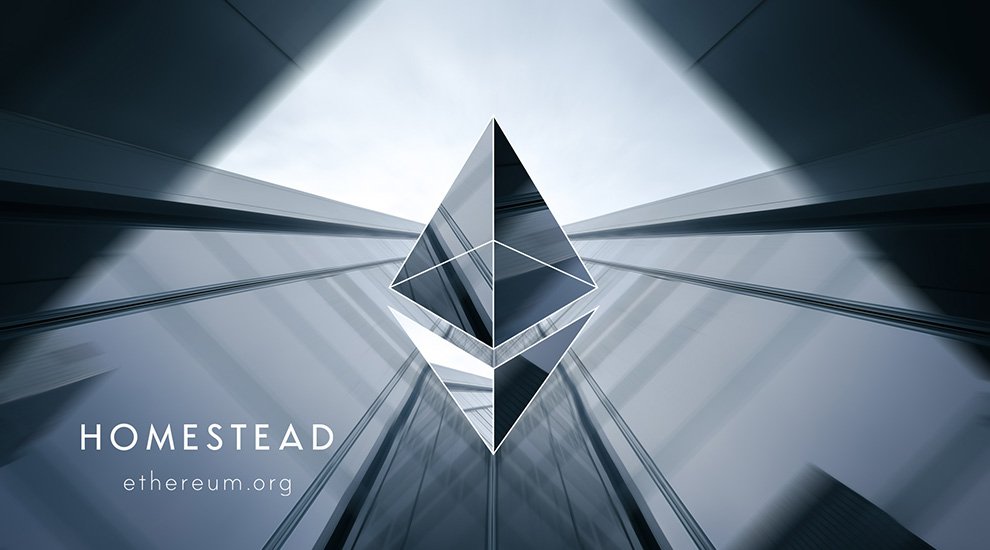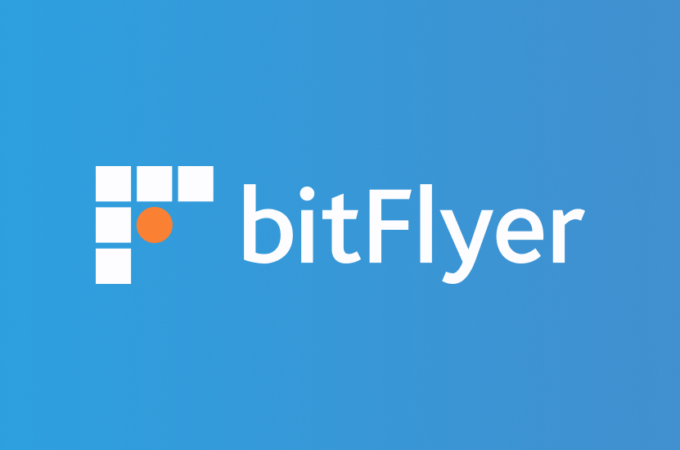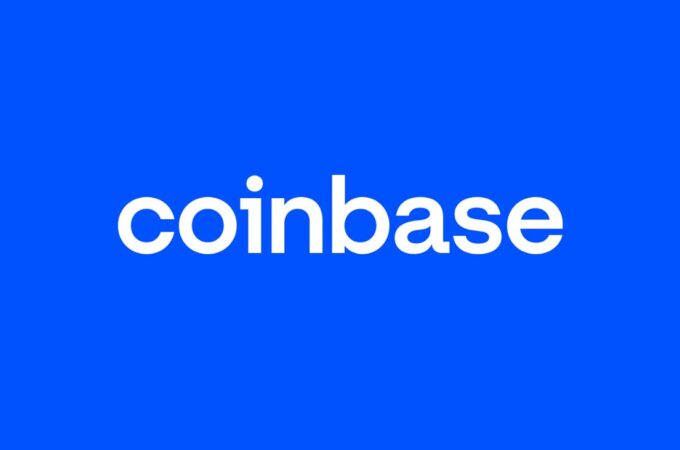
Vitalik Buterin’s Vision for a Decentralized Ethereum Future
Vitalik Buterin, co-founder of Ethereum, has laid out a comprehensive roadmap aimed at enhancing Ethereum’s decentralization and mitigating centralization threats. The core focus areas include tackling Miner Extractable Value (MEV), simplifying staking mechanisms, and reducing hardware requirements for running nodes. These initiatives are crucial to maintaining Ethereum’s permissionless and decentralized nature, which are foundational to its integrity and success.
Tackling Miner Extractable Value (MEV)
Miner Extractable Value (MEV) represents the profit block producers can gain by reordering, including, or excluding transactions within a block. This practice can create an unfair advantage for those with sophisticated strategies, undermining the network’s trust and integrity. Buterin proposes two main strategies to combat MEV: minimization and quarantining.
MEV Minimization:
MEV minimization focuses on creating MEV-free protocols and using encrypted mempools to reduce the information available to MEV developers. This approach aims to level the playing field by preventing sophisticated actors from exploiting transaction details before they are confirmed. Protocols like CowSwap are examples of such solutions, promoting fair trading and reducing the potential for exploitation.
MEV Quarantining:
MEV quarantining involves separating the roles of validators and block builders through Proposer-Builder Separation (PBS). This method ensures that those proposing transactions do not have the power to include them in blocks, thereby reducing the risk of value extraction. Additionally, the use of inclusion lists, which mandate the inclusion of specific transactions in a block, can further limit the power of block builders. By narrowing the “MEV quarantine box,” Buterin aims to minimize the potential for abuse while maintaining a decentralized network structure.
Simplifying Staking Mechanisms
Staking on Ethereum currently requires a minimum of 32 ETH and significant technical expertise, which discourages solo staking and promotes reliance on centralized staking providers like Lido and RocketPool. To address these challenges, Buterin suggests several improvements:
Reducing Staking Barriers:
Lowering the minimum staking requirement and simplifying the technical setup can make solo staking more accessible. This includes potential reductions in the 32 ETH minimum and the introduction of technologies that simplify node operations.
Leveraging New Technologies:
Implementing Verkle trees and EIP-4444 can significantly reduce hardware and storage requirements for running nodes. These advancements could make it possible for nodes to operate on personal devices, further decentralizing the network.
By making solo staking more accessible and reducing reliance on centralized staking pools, Ethereum can promote a more diverse and decentralized staking ecosystem.
Reducing Hardware Requirements for Nodes
Running a node on Ethereum currently requires substantial storage and technical maintenance, creating a barrier for average users. To alleviate these challenges, Buterin proposes the following solutions:
Verkle Trees and EIP-4444:
These technologies aim to reduce node hardware requirements significantly. Verkle trees can decrease storage needs by efficiently compressing data, while EIP-4444 focuses on pruning unnecessary historical data. Together, these innovations could reduce the storage requirements to less than 100 gigabytes, making it feasible to run nodes on lightweight devices such as smartphones.
Decentralized Data Storage:
Buterin also highlights the importance of decentralized history storage to avoid centralizing data responsibilities to a few large actors. By promoting a decentralized peer-to-peer network for data storage, Ethereum can ensure that the network remains resilient and accessible to hobbyists and smaller participants.
Conclusion
Vitalik Buterin’s proposed enhancements address critical issues threatening Ethereum’s decentralization. By tackling MEV through minimization and quarantining, simplifying staking mechanisms, and reducing hardware requirements for nodes, Ethereum can maintain its unique properties while scaling effectively. These improvements are essential to ensuring that Ethereum remains a robust, decentralized network, safeguarding its integrity and fostering broader participation.
Buterin’s vision underscores the importance of continuous innovation and community engagement in Ethereum’s development. As the network evolves, maintaining a balance between scalability and decentralization will be crucial to its long-term success. By addressing these foundational concerns, Ethereum is poised to strengthen its position as a leading decentralized platform in the blockchain space.





